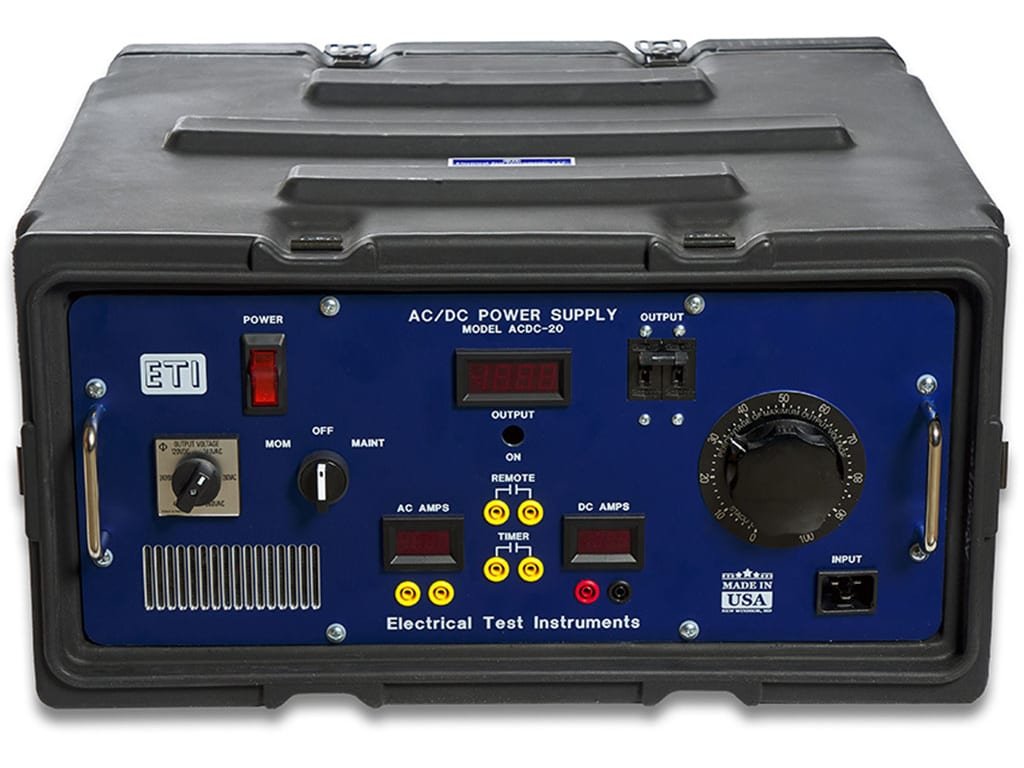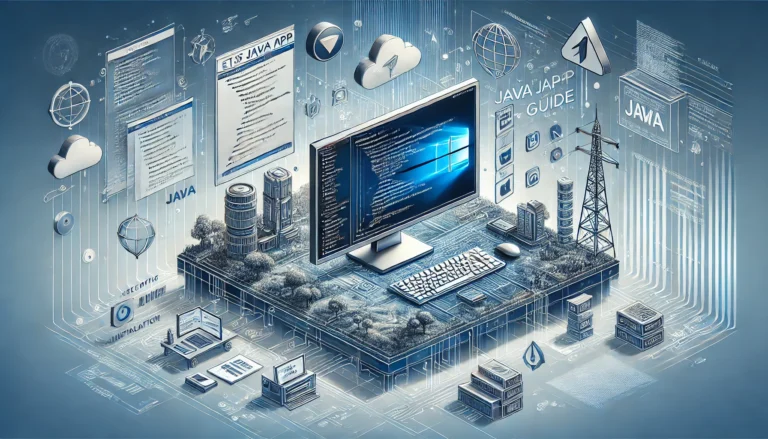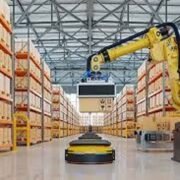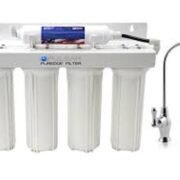In the present scenario, Power electronics is very significant in meeting our energy requirements through devices like inverters and converters which cater power demands efficiently. Let alone one technology that has gained be much of noticed in this field is ACDC technology. This hybrid system enables native AC/DC conversion that offers application scope such as in renewable energy, electric vehicles and power grids. Today we shall take a deep dive into the science of ACDC technology and its various applications.
What is ACDC Technology?
ACDC technology are systems and devices that make the conversion between AC power and DC power. Home outlets use AC, which are two-way currents that is to say they periodically change direction in the flow of electricity. Whereas DC is a direct current that we can observe in batteries, electronics and solar panels.
The conversion of these two currents is very important as many types of devices. And systems require for either AC or DC to works perfectly. AC is how things like your household appliances and infrastructure work, and DC is how things like computers and electronics typically work, as well other technologies that rely on renewable power generation (with solar panels famously outputting power in DC).
ACDC technology acts as the bridge between these two types of power, permitting electrical systems to operate and transmit energy appropriately on a wide range of platforms.
The Basics of ACDC Technology
The process of conversion is central to ACDC technology. They are capable of adjusting the current type according to what the system requires.
- AC to DC Conversion (Rectification): Rectifiers are the opposite of Converters, they convert AC to DC. This is a process which exists in many Electronic Devices such as Laptops, Smartphones and LED Lighting. AC-DC conversion is needed in many systems that used either batteries (like chargers) or alternate sources of energy supplies like solar powers etc.
- DC to AC Conversion (Inversion):inverters, which do the opposite of what rectifiers Channel all your AC power into DC current (DC) and put it in a battery with each outlet or store. In solar systems, inverters are very important to convert DC electricity produced by the solar panels into AC which is what households and even grids run on.
- Bidirectional Conversion: Another ACDC system is the bidirectional conversion which can switch between standby and active (AC to DC or DC to AC). Such systems find applications in smart grids and energy storage systems to control the flow of power flexibly which helps to improve efficiency and contribute towards energy savings.
Key Applications of ACDC Technology
ACDC technology is versatile and a key part of many major industries. This technology is ever more valuable as the world transitions to using energy in a sustainable and efficient way. Following are some of the main uses of ACDC Technology.
1. Renewable Energy Systems
ACDC technology is widely used in solar and wind energy systems, which helps to be one of the most well-known applications of this technology. Solar panels produce DC electricity but most power grids work on AC as well as household applicance systems / setups.
Sourcing: Wind turbines are producing AC power, setting the requirement for ACDC technology. They allow a power conversion to either heat or kinetic whenever necessary.
Battery storage systems Its also known as energy storage solutions, utilize ACDC conversion. Because batteries save energy in DC, they can also only output to AC via some kind of bidirectional converter.
2. Electric Vehicles (EVs)
ACDC technology also has an important component in the electric vehicles sector. They can convert electricity from AC to DC and back again, without requiring a huge amount of the latter. This ACDC converters ensures bidirectional flow of energy thereby enhancing the efficiency and performance of the electric vehicles.
3. Power Grids and Smart Grids
The majority of power grids are AC, but as more renewable energy sources come onto the electric grid there is a growing amount of hybrid AC/DC systems. ACDC technology allows renewable energy sources, battery-storage systems. Other decentralized power sources to be integrated into the grid.
ACDC converters and inverters will be used in smart grids to improve the operation of the power system. This reduces energy loss, costs and accelerates the adoption of renewable power.
4. Consumer Electronics and Data Centers
Most consumer electronics, including laptops, mobile phones and other devices use ACDC technology to ensure efficient use of the power. Likewise, large electricity-consuming data centers are likely to install ACDC converters in order to enhance their power systems. These datacenters draw power from both AC and DC in order to operate server and cooling systems efficiently. Data centers benefit from improved energy efficiency and lower operational costs with ACDC technology.
5. Industrial Automation
The control of power flow to various types of machines, tools or system in industrial settings is so critical and ACDC technology plays a great role in this. While most industrial motors run on AC some applications such as robotics and precision equipment need DC. The power exchange is seamlessly managed through converters and inverters which help further improve the performance as well. In the field of industrial automation, use of ACDC systems as energy storage. And management solutions are becoming more visible especially where facilities are harnessing renewable sources or back up power supplies.
The Future of ACDC Technology
ACDC technology will also develop as the need for more efficient and sustainable energy solutions continues to increase. New power electronic hardware is converting AC-DC with smaller size, higher efficiency and greater reliability, opening up wider fields of application. ACDC technology will continue to have even more application in smart grids, electric transportation and renewable energy systems.
Conclusion
If anyone is interested in the future of energy, transportation and industrial systems, then understanding this technology is a must. This technology allows Bi-directional power conversion and management between either AC / DC or DC / DC, optimized for wide range of energy utilize stages. From renewable energy and electric vehicles, to consumer electronics and industrial automation, ACDC technology forms the backbone of most advanced power systems that are shaping a sustainable future.








